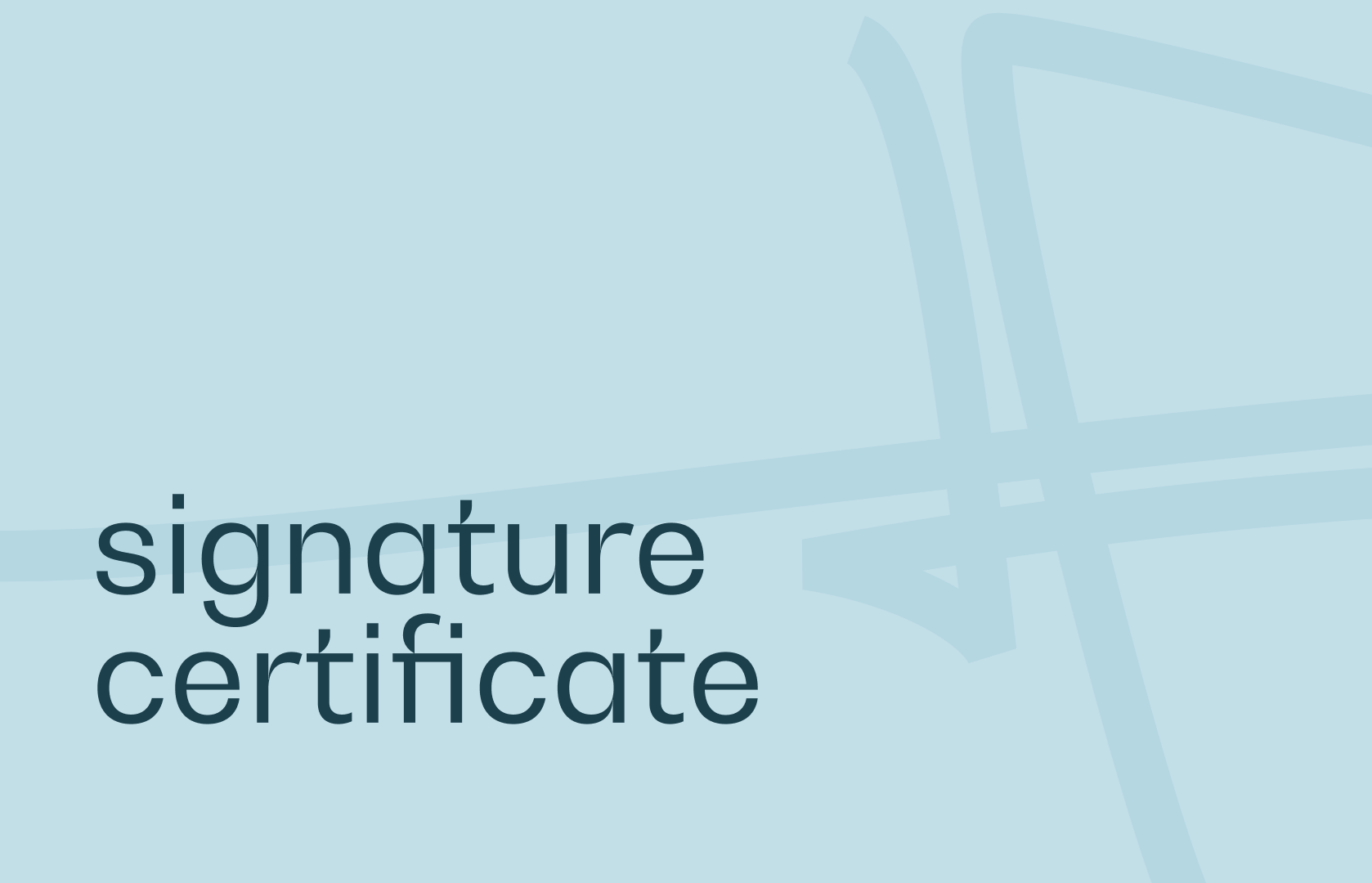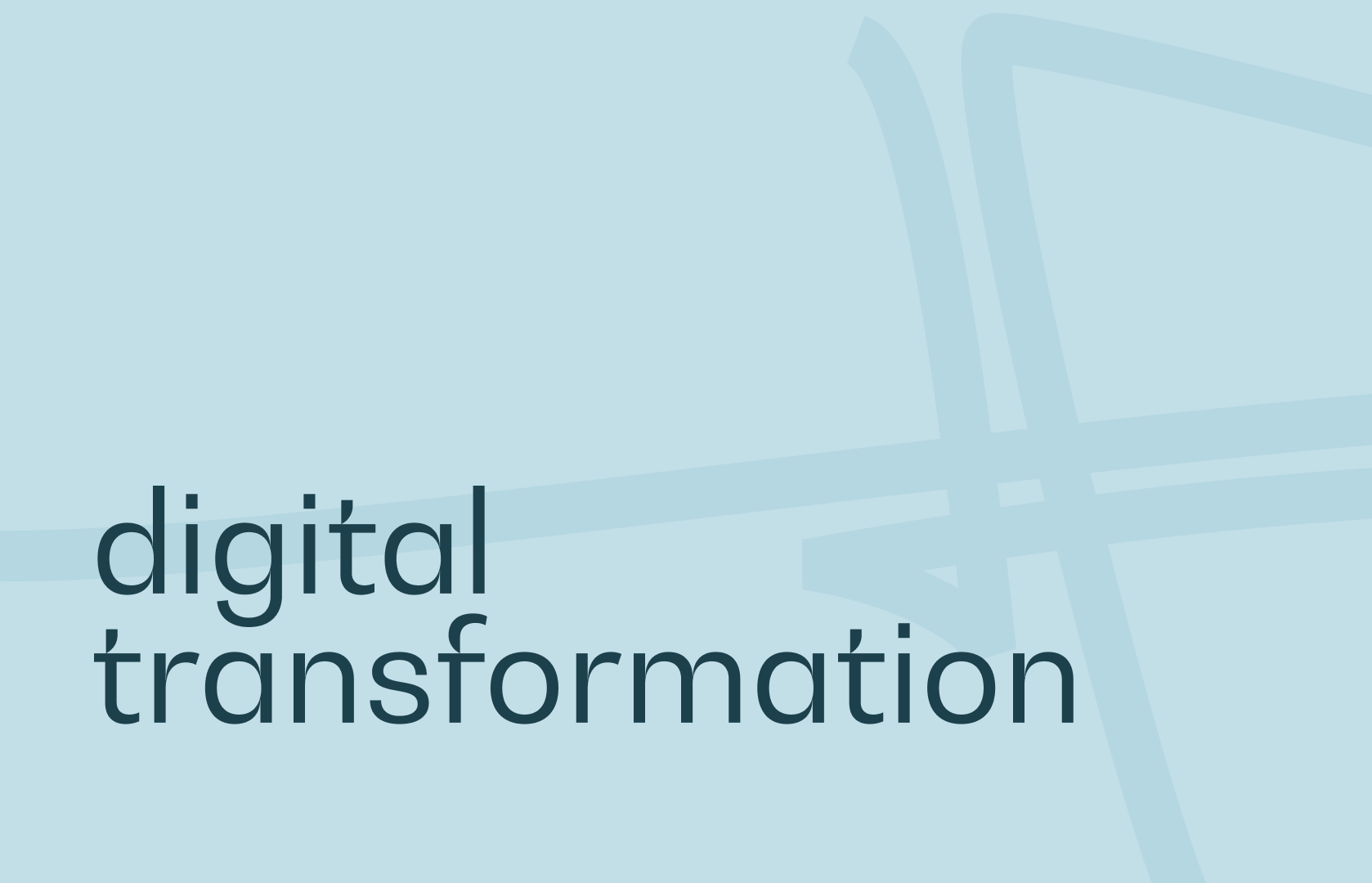Every employee or collaborator has the right to train in order to develop their skills and abilities, since the job market is constantly evolving. They need additional knowledge to be able to successfully carry out their professional activity or develop their career.
Employees have total freedom in their choice of training device. To attract them, the trainer is obliged to formulate the pedagogical objective clearly.
What is the educational objective?
The pedagogical objective is a difficult term to define. Many trainers confuse it with other specific objectives. But what exactly is it?
The learning objective represents the change in the trainee at the end of the course. More precisely, it refers to the knowledge, know-how and interpersonal skills that learners should have. It is defined according to the training objectives, i.e. the reason for offering and following the course.
It can also be referred to as pedagogical finality. It is a performance, a capacity to do or behave after training. It represents everything the learner is expected to be able to achieve at the end of the course. Each new skill acquired is observable and measurable, and enables the effectiveness of the course to be assessed.
Thanks to the educational objectives, the trainer can know whether the students have acquired the knowledge distributed. The pedagogue is also in a position to animate the course correctly. In short, these pedagogical objectives enable trainers to make the course relevant and effective, while boosting their pedagogical and educational skills.
Difference between training title and pedagogical objective
There’s a big difference between the course title and the educational objective. The title is a sort of indication of the subject to be covered or the courses to be taught during an educational process. It gives learners an idea of what they’re going to learn. That said, there must be consistency between the title and the educational objective.
The difference between an objective and a pedagogical program
Many people also tend to confuse the pedagogical objective with the training program. However, the latter refers to the knowledge or skills to be imparted to trainees. In other words, it lists in detail the content of each module in the program during vocational training.
The difference between teaching objectives and learning objectives
Above all, learning objectives are the pedagogical reasons why a learner chooses to take a particular course. In general, the learner needs to acquire the pedagogical knowledge required by the program.
Taking the training in-house or elsewhere should enable the learner to develop his or her skills. In this way, he or she will be better able to carry out his or her work, progress in his or her career or realize a professional project.
The difference between educational objectives and training objectives
The training objective is also an essential element in the specifications to be drawn up by the trainer. This specific objective designates the new skills to be acquired or improved in the proposed training plan.
The different levels of objectives
It’s important to stress that the pedagogical program must meet the expected objectives. There are four of them:
First, there is the strategic objective. It highlights the stakes involved in offering vocational training to employees. It primarily concerns the company that decides to offer the course.
Then there are the operational objectives, which highlight the concrete impact of learning activities on work performance. Then there’s the general level of training, which indicates the abilities acquired by learners at the end of the course. These two objectives are of direct relevance to the learners.
Finally, there are the pedagogical objectives, which indicate what learners will be able to do at the end of each module. In other words, they are much more detailed. They take into account the intermediate objectives mentioned above.
The trainer is required to formulate the learning objectives clearly. Moreover, this information must be included in the specifications. Learners or companies have the right to request this information before signing the contract. This information enables them to assess the quality of the course.
The importance of formulating teaching objectives
Hiring qualified instructors, offering a rich, comprehensive program and adopting a high-performance teaching approach are all important. But it’s far from enough.
For successful trainer-animators, the pedagogical goal is not limited to imparting knowledge to learners. Otherwise, learners will simply follow the course. They don’t care about the result.
When a trainer designs a specific training action, he or she must know how to define a course objective. In fact, it’s the first thing to do, for many reasons. It’s necessary:
- to choose the right training content,
- to establish a quality pedagogical concept,
- to facilitate formative evaluation,
- to properly inform future learners,
- to define the training contract,
- to optimize the program’s coherence with target skills,
- to choose the teaching tools to be used,
- choose the teaching methods to be used during the training session.
Formulating pedagogical objectives also simplifies training evaluation.
Understanding the different types of learning objectives
Terms related to course objectives
- Knowledge: learners must be able to memorize, identify or describe basic information by the end of the course.
- Comprehension: trainees must be able to process information. This means classifying, demonstrating, interpreting, translating and giving a concrete example.
- Application: learners must know how to use their knowledge or put it into practice. In other words, they must be able to solve problems, manipulate elements or carry out an action.
- Analysis: the ability to analyze is one of the actions to be included in the list of learning objectives. Trainees must be able to discern a problem, organize or argue.
- Creation: at the end of the training course, trainees should be able to invent, imagine or make things up in order to be more productive.
- Evaluation: Obviously, pedagogical objectives must include the ability to evaluate. Learners should be able to criticize, judge, make a recommendation or justify a decision.
Pedagogical objective areas
There are three types of pedagogical objective. The first are cognitive objectives, which concern knowledge and intellectual know-how.
Then there are psychomotor objectives, which refer to gestural know-how or physical skill. Finally, there are affective objectives, which relate to attitudes or “savoir-être”.
Steps to follow when formulating a learning objective
Explicit teaching objectives are needed. Trainers need to develop clear theoretical objectives. That’s why they need to be formulated with great care. It’s an operation that involves a number of stages and the use of certain methods.
Using Bloom’s taxonomy to develop goals
This method was first developed in 1965 by Benjamin Bloom and his colleagues. It is based on the use of action verbs. They are chosen according to the level of training and the learners‘ learning objectives. They are :
- know: learners know what they are talking about,
- understand: the learner is able to share the information received during continuing professional development,
- apply: the learner knows what to do with this new knowledge,
- analyze: the learner is able to make a choice,
- evaluate: the learner is able to appreciate or judge,
- create: the student is able to design.
Using the SMART method
Once the educational objectives of a training sequence have been defined, the training organization or trainer must verify their relevance. To do this, the SMART method is required. This is a technique based on the use of the following terms:
- specific: the objective is well detailed so that everyone can easily understand it.
- measurable: the objective can be precisely quantified and observed throughout the course,
- achievable: the objective is in line with the results expected from the course. It is also motivating and achievable.
- realistic: the overall objective is entirely achievable,
- temporal: the date by which the didactic objective is to be achieved is precisely defined.
Ways of formulating teaching objectives
To formulate the teaching objective effectively, then, here are the methods to apply:
- use action verbs and specific terms (those used in Bloom’s method and the SMART method),
- describe how to achieve objectives and define the means to be used,
- define the objective from the student’s point of view,
- select performance criteria to determine whether the learning objective has been achieved by the end of the course.
When formulating learning objectives, the trainer must precisely define the knowledge to be mastered at the end of each module or level.
In addition to the objectives and skills, as well as the pedagogical benefits to be achieved, he or she must also correctly formulate the conditions for achievement. In other words, the criteria for identifying learning success. These include, for example, the teaching aids and pedagogical approaches deployed. In addition to all this, he must specify the skills acquired by the learner with each pedagogical tool. Here are the questions to answer:
- What do students need to master after each module or stage in the learning process?
- At the end of the training, what skills should the learner have?
- How should learners behave when carrying out their work?
The learning objective is the reason for being of any training program. It must be carefully formulated in order to create an effective training program tailored to learners’ needs. Check out our other blog posts for more information on how to design a training program that meets your specific objectives.




